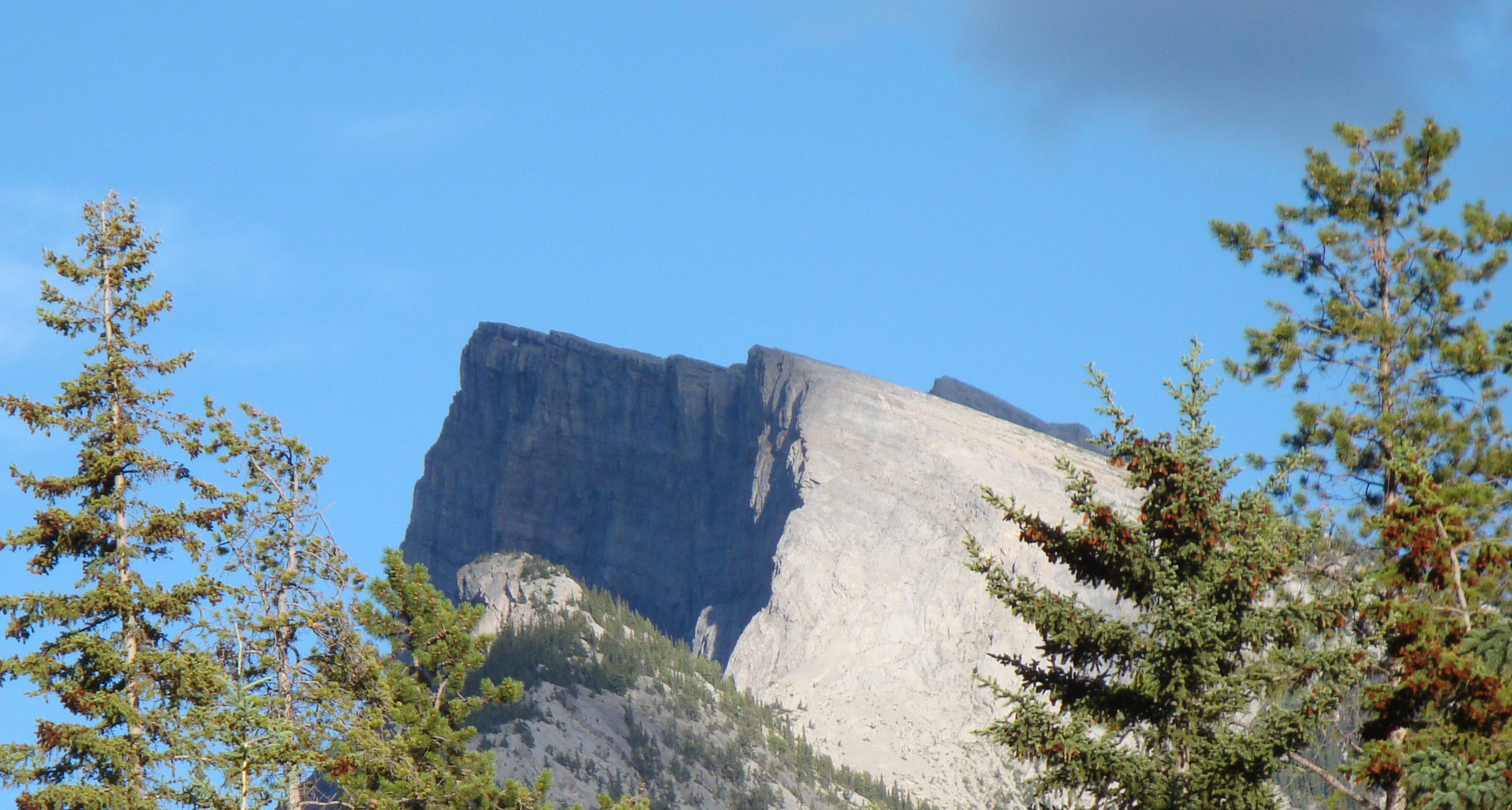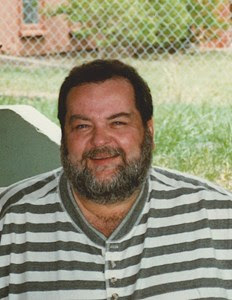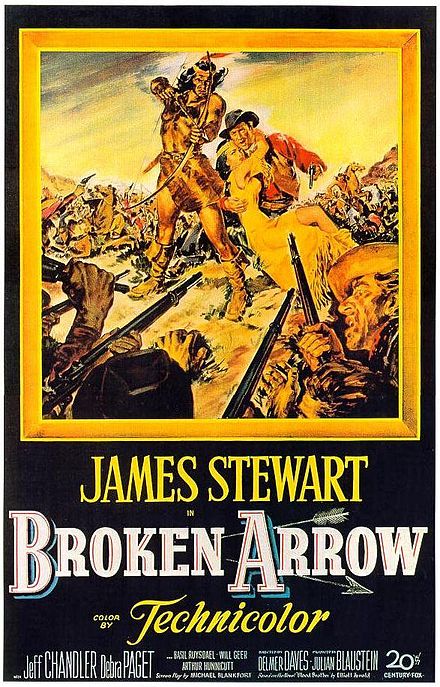
This blog focuses on my scholarship in my five research projects: learning assistance and equity programs, student peer study group programs, learning technologies, Universal Design for Learning, and history simulations. And occasional observations about life.
Remembering Jim, my Big Brother
 Remembrance of Jim, my Big Brother
Remembrance of Jim, my Big Brother
After a long struggle with complications of diabetes, my brother passed in April 2017. He was 70 years of age. I miss him dearly but I celebrate a life well lived, rich with the places he visited and the people he called family and friends. A person’s life is sometimes defined by the memories held by others and the items that are left behind. They are the evidence of a person’s passions and values.
To know Jim is to know his love of jazz music. He enjoyed classic and new-age jazz. A favorite artist was Miles Davis playing during the visitation today. When I see a bottle of Tabasco sauce on the table, I sometimes remember his fond memories of visiting New Orleans, listening to jazz legends on Bourbon Street, and his side trip along the Gulf Coast to Avert Island which is the home and manufacturing location of Tabasco Sauce.
To know Jim is to know his love of wildlife and cats. Jim enjoyed his cats. His last pair were a brother and sister he rescued after someone abandonened them in the industrial district where Jim worked. They were named Molly and Wiley. Other cats spoiled by Jim were Gladys and Ben. Jim had a pillow on his bed with the following message that exhorted him On the table is a pillow that reminded him to “be the kind of person that his cats wanted him to be”. The birds were enjoyed by Jim and also by the cats as they peered out the front screen door. Jim had up to ten bird feeders surrounding his home. Those birds we miss Jim greatly next winter. In honor of his love of cats, we recommend any gifts in his memory be sent to the animal rescue center indicated in the program card as you entered the room. He often visited the Leoss Bluffs National Wildlife Refuge, formerly named the Squaw Creek National Wildlife Refuge north of Kansas City.
To know Jim is to know his love of camping, fishing, and nature. One of his favorite memories was camping for the entire summer in Colorado. Another is the time he was invited by Mike McGonigle and his father to accompany them on a historic fishing trip in Canada. Jim also liked to collect rocks and geodes since he had a passion for nature and science.
To know Jim is to know his love of coffee. He began each day with reading the New York Times Newspaper, brewing a pot of exotic coffee he has freshly ground, and enjoying each cup. He especially liked the international coffees he bought at Sprouts grocery stores. When I came down to Kansas and visit, my favorite memories were sitting at the dining room table in the morning, drinking some of his fresh brewed coffee, discussing world events, and just enjoying one another’s company. When I drink coffee, I think of Jim.
To know Jim is to know that he was a foodie. One way to define is a foodie is the person enjoys different types of food, prepares food for others, collects food, or collects cookbooks. Jim did all four. At one time, he was a Chef at the Prospect Restaurant near Westport, Kansas City. Much of his career since then has been as a fish whole seller with several firms in the region. His previous career as a chef gave him a unique way of relating to the chefs of white table cloth restaurants and meat marketers in Kansas City when he became a seller of fish rather than preparing fish. Jim was thankful for the way the company treated him and the people he had the chance to work with and for. He was happy that he had the opportunity to work with the top chefs and meat marketers of Kansas City and encourage and inform them to creatively use seafood from around the world with their customers.
My brother was many things. I most remember his friendship and kindness to me.
-- David Arendale
Updated 2017 Guide to iPad Apps for Academic and Personal Use
 I updated by 2017 Guide to iPad Apps for Academic and personal Use. Click on the following link to download the PDF document. <click on this link>. I added a collection of apps for listening to podcasts on iOS devices. Whle the Apple Podcast app is my preference, there are others that provide different ways to sort through the 250,000+ podcasts available through the iOS ecosystem.
I updated by 2017 Guide to iPad Apps for Academic and personal Use. Click on the following link to download the PDF document. <click on this link>. I added a collection of apps for listening to podcasts on iOS devices. Whle the Apple Podcast app is my preference, there are others that provide different ways to sort through the 250,000+ podcasts available through the iOS ecosystem.
2017 Directory of Apple TV Apps

This document provides an overview of the Apple TV apps I have found useful as a college educator and in my personal life. I enjoy Apple TV since I am able to watch on a large-screen with a great sound system the same content that used to be confined to my iPhone, laptop, or desktop computer. There is enough free content available through Apple TV that I could cancel my cable TV subscription. I will be interested to see the bundle of cable channels that will be eventually available for a monthly charge from Apple.
At the University of Minnesota where I am a history professor, the Apple TV device has been integrated into a growing number of classrooms so that students can share video content through the room projection television system. First-year students in the College of Education and Human Development receive an iPad upon arrival and use of it is integrated into many of their first-year courses. I use the history apps to help me connect today’s events with the history topics we are studying in class.
"Broken Arrow" starring Jimmy Stewart and Jeff Chandler
 The movie "Broken Arrow" was one of the first Hollywood films to provide a sympathetic view of the Native Americans. While highly imperfect, especially since Jeff Chandler played the role of the great Native American leader Cochise of the Apache tribe, it was groundbreaking in 1950 to reveal the violation of the Indians by the U.S. Government and the honor displayed within the tribe. After his time flying bombers in WWII against Germany, Jimmy Stewart's movie roles were less the idealistic ones from before the war (It's a Wonderful Life, etc>) and more gritty and realistic. this movie is a good example of his change of movie roles. I suggest you read the Wikipedia entry about this 1950 film by clicking on this link. While imperfect, I think you would enjoy this movie. Click the red button to start the movie.
The movie "Broken Arrow" was one of the first Hollywood films to provide a sympathetic view of the Native Americans. While highly imperfect, especially since Jeff Chandler played the role of the great Native American leader Cochise of the Apache tribe, it was groundbreaking in 1950 to reveal the violation of the Indians by the U.S. Government and the honor displayed within the tribe. After his time flying bombers in WWII against Germany, Jimmy Stewart's movie roles were less the idealistic ones from before the war (It's a Wonderful Life, etc>) and more gritty and realistic. this movie is a good example of his change of movie roles. I suggest you read the Wikipedia entry about this 1950 film by clicking on this link. While imperfect, I think you would enjoy this movie. Click the red button to start the movie.
Recommended History Podcasts
Click on this link to read a handout I prepared on podcasts related to history that I have subscribed for free through the iTunes Podcast service. I do not claim to listen to all the episodes obviously. However, I go through and select episodes of particular interest. I do make sure to download all episodes and went into the settings for my podcasts so that past episodes that are played do not automatically become deleted. Apple does that by default so that your hard drive is not becoming overloaded with media that you may not ever play again. While this is not a big issue with most audio podcasts, some video podcasts have enormous file sizes simply because it takes more room to provide them. Several of my personal favorites are the video podcasts from NASA. If you subscribe to the HD quality video podcasts, individual episodes can exceed 200 MB. Fortunately, most recent personal computers are increasingly providing standard hard drives of a terabyte or more. As a history teacher, I like to keep all the episodes for future reference. I think of them as my personal library like some people like to collect movie DVDs.
In 2013, Apple reported that a billion people world-wide have subscribed to a quarter-million podcasts in 100 languages, and that more than eight million episodes have been published in the iTunes Store thus far. Searching for podcasts through the iTunes Store can be a challenge. The following list is merely a sample of the history podcasts. They were enough of an interest to me to subscribe.
Many of the podcast shows can be subscribed to through iTunes, Google Play Store, and other mediasubscription services. Since I am most familiar with the Apple media ecosystem, the following podcasts are available through the Apple iTunes store. These are identified by the iTunes name appearing in the title line for the podcast. Formal subscription to the podcasts are not required for some of the series. With these podcasts, go to the podcast web site and click on the show to immediately listen to it. A few of the podcasts are available through the iTunesU in the Apple iTunes store. Those podcasts are identified below with iTunesU. These will not appear in the search window if you look in the Apple iTunes Podcast page. You need to select the iTunesU library instead.
Using iTunes makes subscribing process easier for the podcast series. If the iTunes name appears in the podcast title line, go to the iTunes web site after you have downloaded the software to your computer (available for free from http://iTunes.com). Type the name of the podcast into the search window within iTunes and a window will open with information about the podcast. Simply click on the “subscribe” button within this window and the podcast series is automatically downloaded to your iTunes library account. New ones are automatically posted in the future. If you use another subscription service other than iTunes, or if the podcast show is not listed in the iTunes directory, you may need to enter the “subscription link” address by copying this link URL into your podcasting software (like iTunes, Juice, iPodder, or other RSS radio podcast client). This link is different than the URL for the web page.
Click on this link to download the my directory of favorite history podcasts you can subscribe for free through Apple iTunes. These should also be available through the Google Play Store as well.
Prerequisite Approach to Learning Assistance: Developmental-Level Courses, Part Four
The following is an excerpt from my book, "Access at the crossroads" described in the left-hand column.
A learning assistance approach that bridges the prerequisite acquisition approach of this section and the concurrent acquisition approach in the next is to place developmental courses in learning communities. To overcome disconnection that sometimes occurs for students in developmental courses with subsequent college-level courses in the academic sequence, some institutions place these courses in learning communities, integrating them with other college-level introductory courses (Malnarich and others, 2003). For example, a reading course might be paired with a reading-intensive course like introduction to psychology or world history. A rigorous study explored the impact of these learning communities. At Kingsborough Community College (part of the City University of New York), students scoring low on admission tests for English were placed in a learning community that included a developmental English course, a course in health or psychology, and a one-credit orientation course. Using a randomized trial that placed students in this learning community or a control group, the students in the experimental group experienced higher outcomes—enrolling in more courses, passing more classes, earning more college credits, and earning higher English test scores needed for a college degree (Scrivener and others, 2008).
Prerequisite Approach to Learning Assistance: Developmental-Level Courses, Part Three
The following is an excerpt from my book, "Access at the crossroads" described int he left-hand column.
Several reasons are possible why analysis of developmental courses sometimes yields mixed or negative results. As stated earlier about remedial courses, it is unreasonable to expect that years of inadequate education or ineffective student effort in high school can be overcome by a single developmental course. A second reason may be a basic flaw in research design. Previous national studies (Bailey, 2009; Kulik, Kulik, and Schwalb, 1983; Roueche and Roueche, 1993, 1999) did not add variables to their analyses concerning attributes of the developmental courses and contexts in which they were offered. They did not have the ability to sort out poorly managed, average, or well-managed programs. When student data from all institutions are aggregated, it is not surprising to find inconclusive results. A finer level of analysis is needed for this complex issue. The only national study on developmental courses was sponsored through the Exxon Foundation in the late 1980s; it found these courses effective when they observed best practices and poor results for those that did not (Boylan, Bonham, and Bliss, 1994).
The bottom line is that more careful and detailed research is needed to understand developmental courses and the variables that affect their effectiveness. Proponents and opponents of developmental courses call for more research in this area (Bailey, 2009; Boylan, Saxon, Bonham, and Parks, 1993). As the most vexing and controversial element of learning assistance, this issue demands careful and detailed national study. It is one of the recommendations for action listed in the final chapter of this report.
